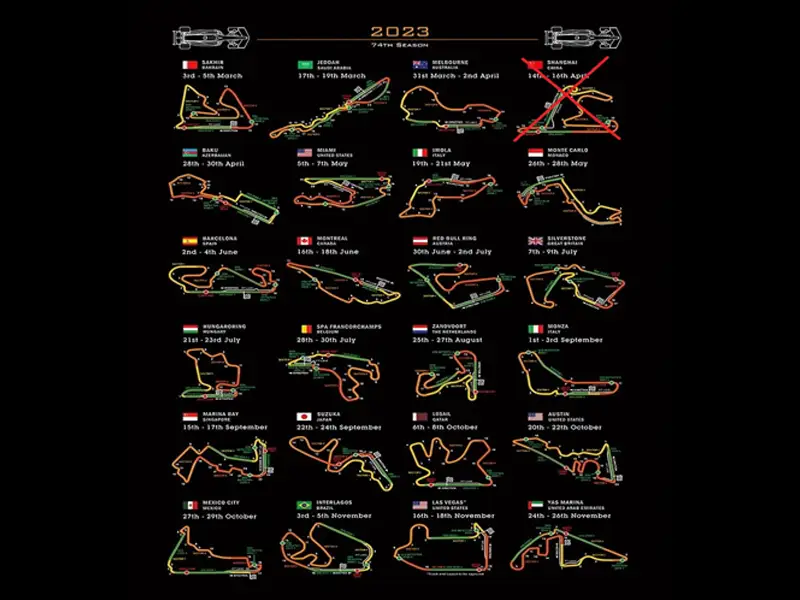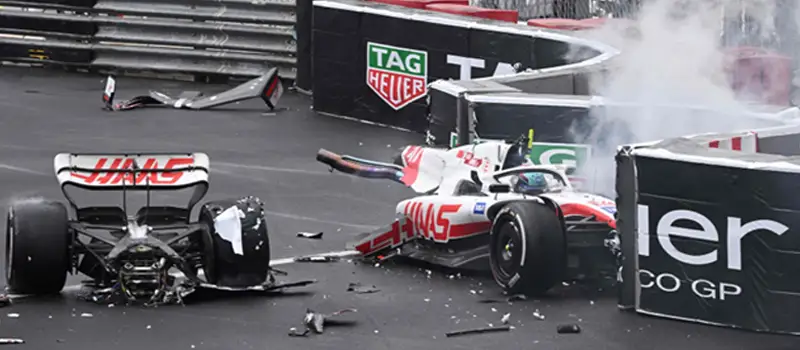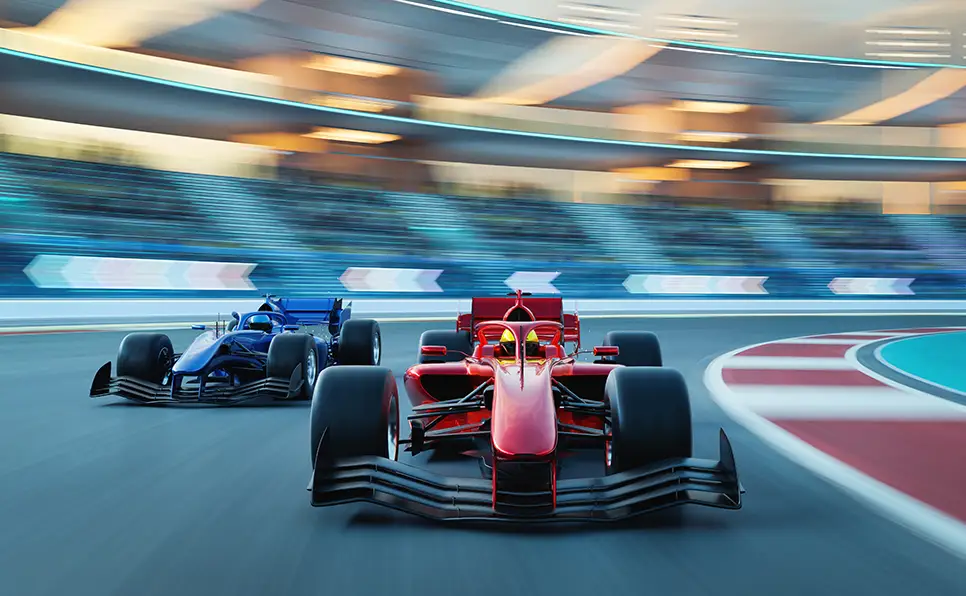What is the difference between Grand Prix and Formula 1?
Formula 1 is a specific type of Grand Prix racing that adheres to the set of rules set defined by Federation Internationale de l’Automobile (FIA). Whereas, Grand Prix racing refers to any type of auto racing held on closed circuits. These circuits can be on public roads or built for a specific purpose.
Most of the people today interchangeably use these words which is incorrect. Grand Prix is a class of automobile racings that can include MotoGP for motorcycle racing or FIA World Endurance Championship for sports car racing.
But colloquially, if you find anyone using the term Grand Prix without any additional qualifiers, they usually refer to Formula 1 racing.
Why F1 is called the Grand Prix?
Formula 1 (F1) is often called the Grand Prix (GP) because the term Grand Prix originated in motor racing as a French term meaning “grand prize”. The first Grand Prix race was held in France in 1906, and the term was subsequently adopted for other races that offered a large prize or trophy to the winner.
The term Grand Prix has since become synonymous with international motorsport events, including Formula 1. In F1, the term is used to refer to the individual races on the calendar, such as the Monaco Grand Prix or the Italian Grand Prix.
F1 races are known for their high levels of speed, skill, and technology, and the Grand Prix events are some of the most prestigious and popular motorsport races in the world. The term Grand Prix has come to represent the pinnacle of international motorsport, and is recognized and celebrated by fans and drivers alike.
Understanding Formula 1 race format:
Formula 1 championship consists of series of individual race events, hosted across different continents, countries, and circuits. Each circuit pose a different challenge to the drivers. For 2023 Formula 1 championship, a total of 23 races have been scheduled. At the time of writing this blog, 3 of the Grand Prix have been completed. Bahrain Grand Prix, Saudi Arabian Grand Prix, and Australian Grand Prix have been completed.
The Belgium Grand Prix at the Circuit de Spa-Francorchamps is regarded to be the trickiest of all because of its unpredictable weather conditions and high-speed corners. The track also offers elevation changes and presents fast & flowing corners. The Monaco Grand Prix is very popular and is crash-prone, mainly because of its narrow lanes.
What are the three days of Grand Prix race?
The three days of a typical Formula 1 race weekend are:
Friday – Practice sessions: On Friday, there are two practice sessions that are held to allow drivers to get familiar with the track and to fine-tune the car’s setup. The first practice session usually lasts for 90 minutes, while the second session lasts for an hour.
Saturday – Qualifying: On Saturday, there is a third practice session that lasts for an hour, followed by the qualifying session. The qualifying session determines the starting grid for the race on Sunday, with the fastest driver securing pole position. The qualifying session is split into three parts: Q1, Q2, and Q3, with the slowest drivers being eliminated after each part.
Sunday – Race Day: On Sunday, the main event takes place, which is the race. The race is typically 300 kilometers or a maximum of two hours long, depending on which comes first. This race is the most important part of the weekend, as it determines who earns points towards the Drivers’ and Constructors’ Championships. The race start time can vary depending on the location of the circuit and the time zone.
Schedule of F1 2023:

Winning F1 championship vs winning grand prix:
Winning grand prix is like winning a battle in F1 context. Whereas, winning the f1 championship is like winning the war.
The points system for winning a Grand Prix in Formula 1 (F1) has changed over the years, but the current system, introduced in 2010, awards points as follows:
1st place: 25 points
2nd place: 18 points
3rd place: 15 points
4th place: 12 points
5th place: 10 points
6th place: 8 points
7th place: 6 points
8th place: 4 points
9th place: 2 points
10th place: 1 point
In addition to these points, there is an additional point awarded to the driver who sets the fastest lap of the race, provided that they finish in the top 10. If the driver with the fastest lap finishes outside the top 10, the point is not awarded.
The points earned by drivers in each race are accumulated throughout the season to determine the Drivers’ Championship and the Constructors’ Championship. The driver and constructor with the most points at the end of the season are crowned the champions in their respective categories.
Which Grand Prix is the grandest of all?

The Monaco Grand Prix is one of the most prestigious and famous Formula 1 races in the world. It is held annually on the Circuit de Monaco, a street circuit located in the streets of Monte Carlo and La Condamine in the Principality of Monaco.
The race first took place in 1929 and has been held every year since, except in 1951. The Circuit de Monaco is known for its tight, twisty layout, which makes overtaking difficult and requires high levels of driver skill and precision.
The race weekend typically includes three days of practice and qualifying sessions, followed by the race itself on Sunday. The Monaco Grand Prix is known for its glamour and prestige, with many celebrities and VIPs in attendance.
The race has been won by many famous drivers, including Ayrton Senna, Graham Hill, and Michael Schumacher. The current lap record for the circuit is held by Max Verstappen, who set a time of 1:14.260 in the 2021 race.
You can catch all the live action on F1 TV.




